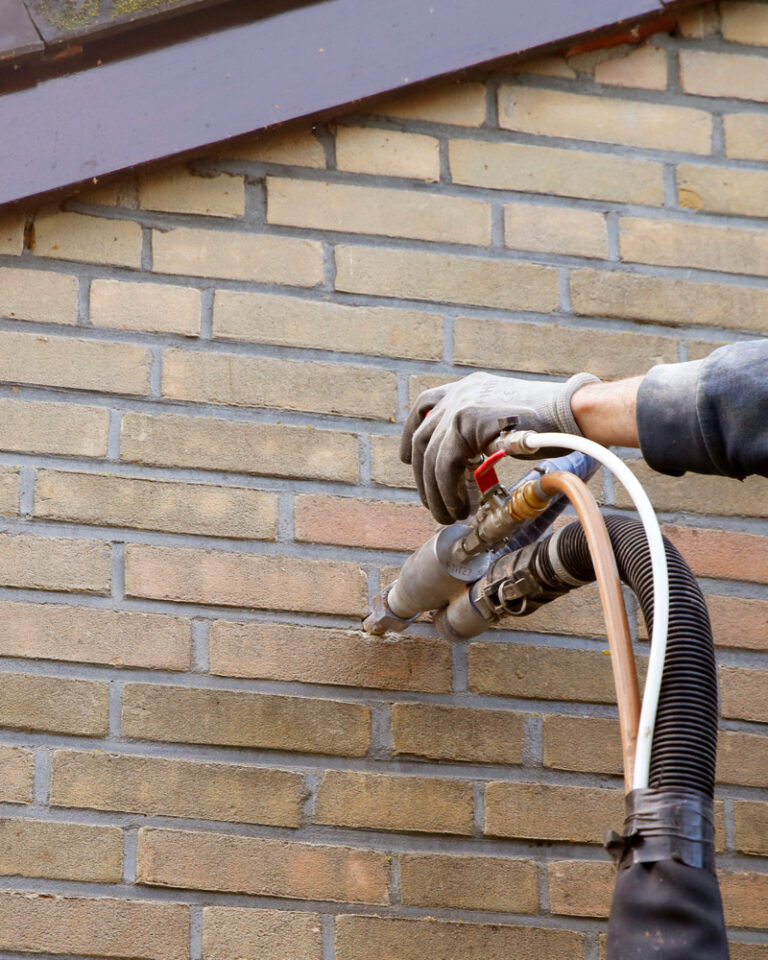- In this guide
Internal Wall Insulation (IWI) is the key to enjoying a more energy-efficient home. Did you know that up to 45% of a home’s heat is through the walls of uninsulated houses across the UK?
If you’re looking to upgrade your home insulation, are renovating an older property, or like 1000s of homeowners across the UK want to optimise your home’s energy efficiency to reduce bills and enjoy a more comfortable living space throughout the year, then looking at internal wall insulation should be your first step.
After reading our quick guide, you’ll understand what types of internal wall insulation measures are available, the savings they offer, and how to proceed to the next step in future-proofing your energy bills.
What is internal wall insulation?
Simply put, internal wall insulation improves a home’s energy efficiency by insulating the interior surfaces of the external walls inside a property. This can be done by creating an airtight layer in the form of a stud wall on the inner side of the walls, to which insulation can be added, creating a thermal barrier and improving the house’s energy efficiency.
What insulation should I use for internal walls?
Firstly, you need to understand what kind of property you live in. There are two types of walls: cavity walls and solid walls. As a rule of thumb, most modern homes built after 1945 have cavity walls, and older houses, generally pre-1945, have solid brick walls.
Internal wall insulation is often the choice of homeowners when it is not feasible to insulate the exterior of the house or when cavity wall insulation is challenging.
Types of internal wall insulation
- Tools & Resources





